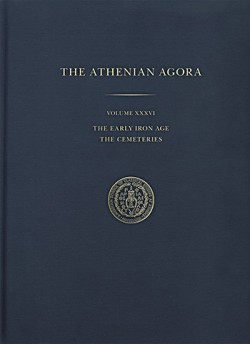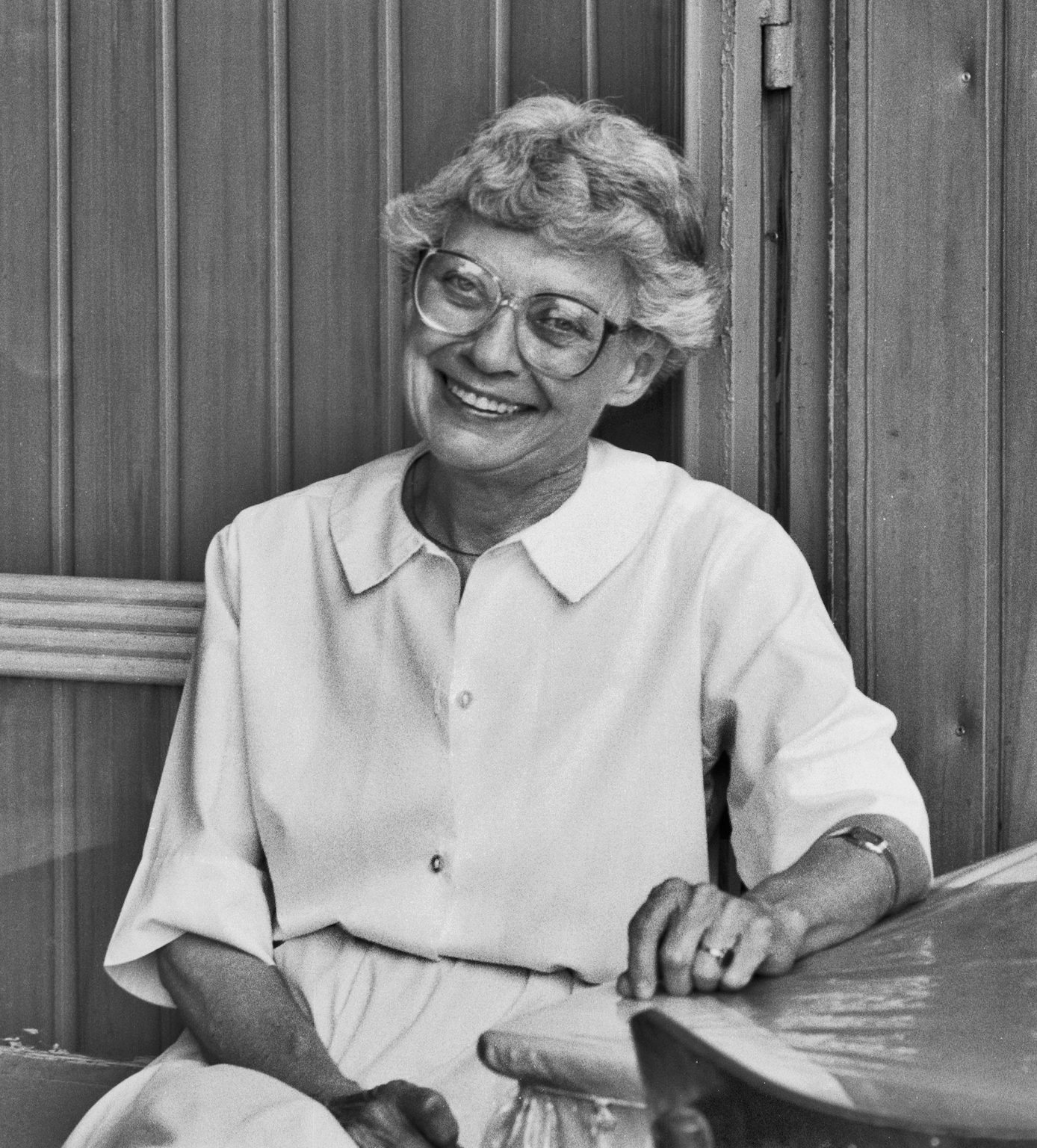Early Iron Age Cemeteries in the Agora: An Interview with Author John K. Papadopoulos

The Early Iron Age: The Cemeteries (Agora XXXVI) by John K. Papadopoulos and Evelyn Lord Smithson, with contributions by Maria A. Liston, Deborah Ruscillo, Sara Strack, and Eirini Dimitriadou, is the newest addition to the Athenian Agora series. This volume, the first of two dealing with the Early Iron Age deposits from the Athenian Agora, publishes the tombs from the end of the Bronze Age through the transition from the Middle Geometric to Late Geometric period. Here, Papadopoulos, Professor of Archaeology and Classics with the Cotsen Institute, UCLA, speaks with the American School about the publication of this volume, its history, and its subsequent influence on research in the Athenian Agora.
Papadopoulos first met Evelyn Lord Smithson at the Athenian Agora in the 1980s during his tenure as deputy director of the Australian Archaeological Institute at Athens. Having recently finished his doctoral dissertation on the Early Iron Age cemetery at Torone (located in the Sithonia peninsula of Chalkidike in northern Greece), Papadopoulos found he had much in common with Smithson, a fellow expert on Early Iron Age Greece. “We just got on like a house on fire,” said Papadopoulos. “It was rare to find someone that knew Early Iron Age material, so it was a real delight for both of us.”
After further conversations with Papadopoulos, Smithson invited him to assist her with the study and publication of Early Iron Age material from the Agora. Due to the complexity of the material and his commitments in Torone, however, Papadopoulos postponed their collaboration. “I told Evelyn I would be able to help her in the future, but unfortunately we never had the opportunity.”

Evelyn Smithson in 1991 at the Epirus restaurant, a favorite lunch-time hangout
for members of the Athenian Agora Excavations.
Following her death in 1992, Smithson’s literary executors, Eve Harrison and Susan Rotroff, as well as then Director of the Agora Excavations, Homer A. Thompson, contacted Papadopoulos about completing the Agora volume that Smithson had started. “I visited New York and Princeton to meet with Susan. There I received eight boxes of material with some draft catalogues of only a few contexts,” explained Papadopoulos. “In search of more, I went to where Evelyn taught in Buffalo, NY, and then Athens that summer. I found some drawings that she had made, however, they weren’t consistent and it was only of a fraction of what needed to be done.”
For Papadopoulos, the material associated with Smithson’s archives was daunting. At the time of her passing, she had been associated with the Agora since she was a student at the American School in 1948–1949. Working systematically, Papadopoulos began examining the thousands upon thousands of objects and ultimately decided to divide the project into two volumes: one studying the burials, and a second studying the nonfunerary material.
Publishing the Early Iron Age material in two volumes is faithful to Smithson’s vision, about which she originally received pushback from Homer A. Thompson. “Thompson wanted a synthetic volume that was basically like Nicolas Coldstream’s book on Athenian Early Iron Age pottery. Evelyn, however, saw the value of this material in its context,” said Papadopoulos. “That is to say this material had value because it was found all together and that provided us with a really important relative chronology.”

Two of the Early Iron Age contexts, Wells K 12:1 (in foreground) and K 12:2 (in center)
during excavationin 1934, from south.
Agora XXXVI has filled a significant gap in Early Iron Age scholarship and has served as a catalyst for reviewing previous research on the Agora. The most prominent example is revising conclusions about the skeletal material examined by J. Lawrence Angel for Smithson’s famous article “The Tomb of a Rich Athenian Lady, ca. 850 B.C.” (Hesperia 37, pp. 77–116). “Once bioarchaeologist Maria A. Liston actually started looking at the bones, it was clear that they had not been properly washed and as it turns out, there was a fetus in the tomb,” said Papadopoulos. “The incredible thing is that Evelyn was originally perplexed as to why there was a big belly-handled amphora and a medium- to large-sized neck-handled amphora in the tomb (a phenomenon that pointed to the presence of two individuals), and now we know after a systematic evaluation that the Rich Athenian Lady was pregnant.” Liston and Papadopoulos published this research in 2004 in “The ‘Rich Athenian Lady’ Was Pregnant: The Anthropology of a Geometric Tomb Reconsidered” (Hesperia 73, pp. 7–38). “There were so many surprising things in addition to the Rich Athenian Lady’s burial and many had to do with the bones. I wrote about this in Agora XXXVI, but I really want to emphasize that if you publish a cemetery and you don’t publish the human remains you are actually doing the field a major disservice.”

John Papadopoulos working in the South Workroom of the Stoa of Attalos in the summer of 1995 or 1996.
Since finishing his work on Agora XXXVI, Papadopoulos, a Senior Associate Member at the American School, has kept busy with the Ancient Methone Archaeological Project Excavations, where he and Dr. Sarah Morris serve as Project Directors. Papadopoulos is also working with Dr. Bartek Lis on a future volume of the Early Iron Age nonfunerary material from the Athenian Agora.